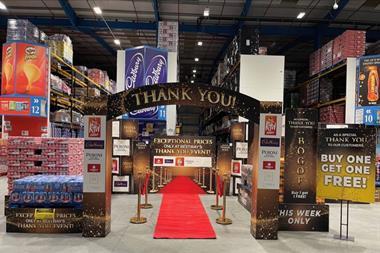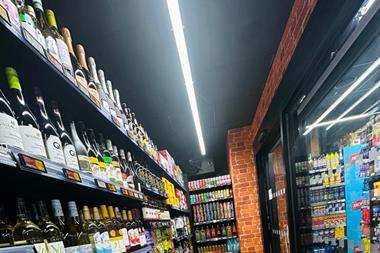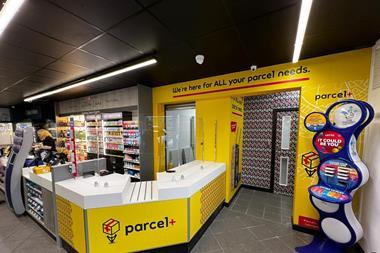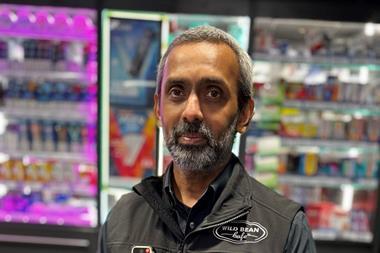With costs rising all the time, finding ways to cut energy bills needs to be a priority. Installing a heat exchange system could provide the answer
You’ve put doors on your chillers, your Smart Meters are whirring, and your new low-energy lights are shining brightly, so what’s the next stop on your path to energy efficiency? Well, if you’re as focused on saving energy as independent retailers Jonathan James and Sukhjinder Shergill are, heat recovery can be a particularly lucrative option.
“Retailers failing to capture and re-use their store’s waste heat might as well be burning their money,” the Carbon Trust recently warned as it launched its guide to heat recovery. The guide, available to download at http://www.carbontrust.co.uk/publications/pages/publicationdetail.aspx?id=CTG057, provides an appreciation of heat recovery and shows how it can be applied to the various systems and processes carried out in your building.
How to stop wasting energy in your store
Ensure that regular maintenance of your heating, air conditioning and ventilation systems is carried out. Dirty or faulty fans, blocked filters, air ducts and components will increase running costs
Ensure thermostats are set correctly and have not been tampered with by staff
Check that air conditioning is operating only when required
In a retail environment, the heating should switch off when a temperature of 19°C has been reached and cooling should not begin until the temperature exceeds 24°C. Check that air ducts, heaters and radiators are not obstructed
Are windows and doors closed where possible when heating or air conditioning is switched on?
Check whether time settings for the heating and boilers are set to match occupancy levels. Switch on as late as possible to pre-heat the store and switch off early.
Waste heat recovery systems essentially create a renewable cycle of heating and cooling, so energy consumption can be greatly reduced. Heating, ventilation and hot water can therefore be delivered at a much lower cost, while drastically reducing carbon emissions at the same time.
The Carbon Trust estimates that supermarkets and convenience stores could use heat recovered from refrigeration units to provide 75-90% of their hot water needs. A warming proposition.
At Sukhjinder’s Nisa store in Burton-on-Trent, a heat recovery system collects hot air from the refrigeration plant before using it to reheat the store. “The whole store is free to heat during the winter months and no air conditioning is required in summer due to the amount of refrigeration in the store. It’s fantastic,” he says.
Independent retailer Jonathan James in Cambridgeshire is equally fond of his system: a Conveni-pack from Daikin. The Conveni-pack integrates high- and low- temperature refrigeration and air conditioning, including heating, into one system, and also uses waste fridge heat to warm the store. “It’s an incredible product,” says Jonathan. “Straightaway, I noticed 20% savings on my energy consumption, which has led to a good fall on my bills.”
In fact, heat recovery can be so efficient that engineers in the town of Redditch are using waste heat captured from the local crematorium to warm Redditch swimming pool.
However, if you’re still a few stops down the line from destination heat recovery, take a peek at the side panel for plenty of other simple steps that you can take to cut bills, conserve heat, and keep your store cosy.




















![C-Store_Champions_logo-CHOSEN[1] 2023](https://d2dyh47stel7w4.cloudfront.net/Pictures/380x253/6/5/7/301657_cstore_champions_logochosen12023_817064.jpg)






No comments yet